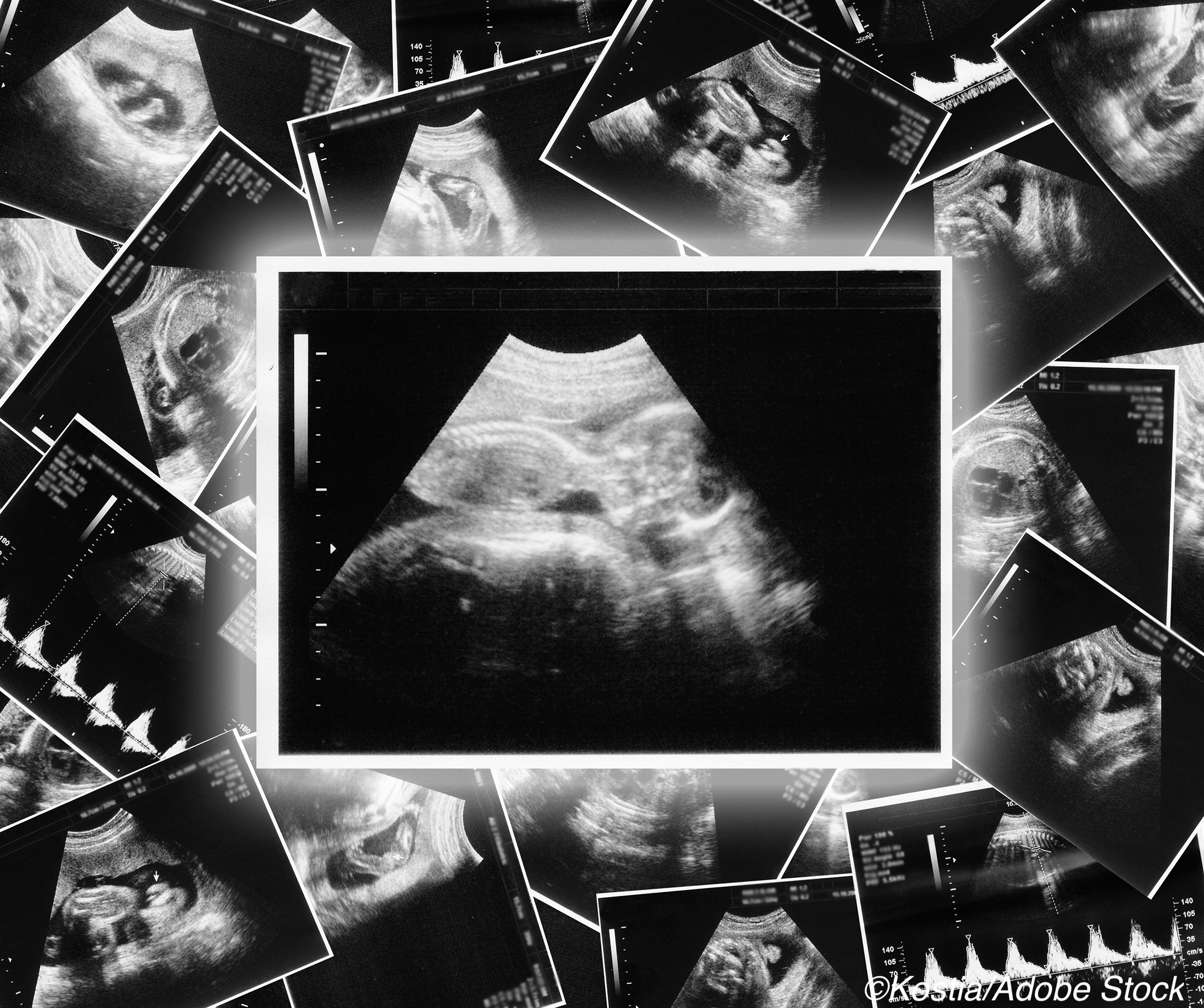
Prenatal diagnostic exome sequencing can be particularly useful in identifying a number of the genetic causes of nonimmune hydrops fetalis (NIHF), according to a study published in The New England Journal of Medicine. Researchers are hopeful that this testing strategy will help clinicians move towards a precision-based approach to diagnosis and care.
NIHF is a complication of pregnancy that affects 1 in 1,700 to 3,000 pregnancies and increases the risk for neonatal complications, death, stillbirth, and preterm birth.
“NIHF is a shared, severe presentation of many genetic disorders. Standard genetic testing with karyotyping or chromosomal microarray analysis identifies the cause of only 25% of NIHF cases and does not detect single-gene disorders,” wrote Teresa N. Sparks, MD, of the University of California Fetal-Maternal Consortium and the University of California, San Francisco Center for Maternal-Fetal Precision Medicine, San Francisco, and colleagues.
“Some genetic disorders underlying NIHF portend mild long-term outcomes, whereas others are lethal despite treatment. An accurate diagnosis enables focused prenatal management and early, directed neonatal care to improve outcomes for this severe condition,” they added.
The cause of most fetal anomalies is not known, Sparks and colleagues explained. Typically, G-banded karyotyping and chromosomal microarray analyses are used prenatally to detect chromosomal abnormalities, but successful diagnoses occur in only 9% to 19% of anomalies with the former and in an additional 6% with the latter. Previous studies found that the diagnostic yield of exome sequencing in diagnosing fetal anomalies was 8.5% and 10%, perhaps because of the wide range of anomalies included in them.
Sparks et al narrowed down the scope of this study, therefore, and sought to determine the specific diagnostic yield of exome sequencing in finding pathogenic or probably pathogenic variants only in cases with unexplained NIHF.
They evaluated a series of 127 consecutive unexplained cases of NIHF (median maternal age: 32 years; 74% white), defining NIHF as the presence of one or more pathologic fetal fluid collections, including increased thickness of nuchal translucency, cystic hydrops, pleural effusion, pericardial effusion, ascites, skin edema, or a combination of these.
“Although the current definition of NIHF (as defined by the Society for Maternal-Fetal Medicine) specifies at least two pathologic fluid collections, this definition is poorly supported; genetic disorders can be manifested by only one abnormal fluid collection, and the types of abnormal fluid collections may change during gestation,” wrote Sparks and fellow researchers.
In all, 29% of cases demonstrated increased nuchal translucency or cystic hygroma and 15% isolated increased nuchal translucency or cystic hygroma, while 21% had a single, abnormal fetal fluid collection and 77% had two or more abnormal collections. Ten mothers had experienced a previous pregnancy with NIHF.
Results were promising. In 29% of infants, Sparks and colleagues identified diagnostic genetic variants, including those involved in disorders that affect the RAS-MAPK cell-signaling pathway (30%); inborn metabolism and musculoskeletal disorder errors (11% each); lymphatic, neurodevelopmental, cardiovascular, and hematologic disorders (8% each).
A full 68% of cases with diagnostic variants were autosomal dominant (12% inherited, 88% de novo), while 27% were autosomal recessive (95% inherited, 5% de novo). In addition, one case was inherited X-linked recessive and one of unknown inheritance. Sparks and fellow researchers also identified variants that were potentially diagnostic in a further 12 cases.
In 2% of cases, researchers detected one genetic variant for autosomal recessive disorder that was consistent with the phenotype (CTN1 and RYR1), but they failed to identify a second variant in the same gene. Secondary findings were examined in 115 of cases, and 3% demonstrated a pathogenic or likely pathogenic variant in APOB, MYH7, PTEN, and BRCA1.
“The yield in our series is substantially higher than the 8.5% and 10% yields that were reported in studies of unselected fetal anomalies, findings that reflect the burden of single-gene disorders underlying NIHF,” wrote Sparks and colleagues.
“Exome sequencing identified a diagnostic variant in 29% of NIHF cases unexplained by standard genetic testing. These data support the use of exome sequencing for NIHF cases with non-diagnostic results of chromosomal microarray analysis or karyotype analysis in order to inform prognosis, establish recurrence risk, and direct prenatal and postnatal clinical care,” they concluded.
“The most common genetic causes of NIHF were variants that resulted in disorders affecting the RAS-MAPK cell-signaling pathway (known as RASopathies, 30% of the cases); among these cases, 64% had a variant that caused Noonan syndrome,” wrote Mark D. Kilby, DSc, MD, of the University of Birmingham and the Birmingham Women’s and Children’s Foundation NHS Trust, Birmingham, UK, in an accompanying editorial.
“The data from this study illustrate the usefulness of prenatal exome sequencing to prospectively identify serious genetic disease in cases of NIHF with additional serous effusions, with or without increased nuchal translucency or cystic hygroma,” Kilby concluded.
Limitations of the study include a preponderance of white participants, a low diagnostic yield for isolated increased nuchal translucency or cystic hygroma, and the limitations inherent in prenatal phenotyping.
-
Genetic testing using exome sequencing identified nearly 30% of genetic variants in previously unexplained cases of nonimmune hydrops fetalis (NIHF).
-
Exome sequencing may be useful for guiding clinicians and patients with NIHF in prognosis, risk assessment, and direct pre- and post-natal care.
E.C. Meszaros, Contributing Writer, BreakingMED™
This study was supported by the University of California, San Francisco, Center for Maternal-Fetal Precision Medicine, the Fetal Health Foundation, the Brianna Marie Foundation, Ultragenyx, and grants from the National Institutes of Health.
Sparks reported grants from National Institutes of Health (NICHD), grants from Fetal Health and Brianna Marie Foundations, grants from Ultragenyx, during the conduct of the study.
Kilby is a member of the RCOG Genomics Taskforce, the RCOG representative of the Joint Committee on Genomics in Medicine (joint committee of the Royal College of Physicians, Royal College of Pathologists, Royal College of Paediatricians & Child Health, Royal of Obstetricians and Gynaecologists) and a member of the Fetal Group of the British Society of Genetic Medicine.
Cat ID: 138
Topic ID: 85,138,497,191,138,192,925


